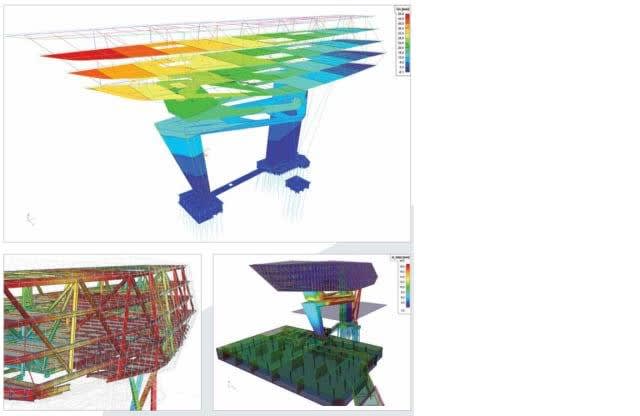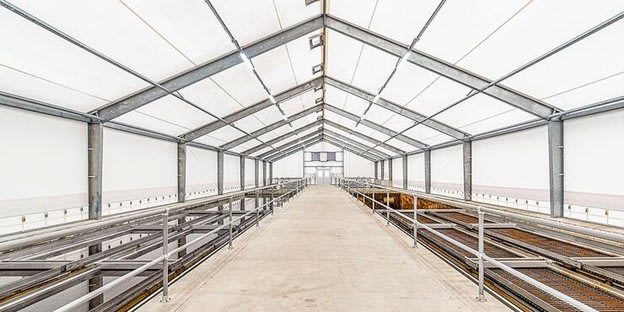bookowski
Structural
- Aug 29, 2010
- 983
See attached photo.
This is a warehouse type building, overall it is in poor condition. The walls are about 24ft. tall cmu, there is no other finish or veneer - the interior is just paint on the cmu. There are lots of cracks in all faces of the structure, many of them almost completely vertical. The owner asked me to look at this as he is claiming they are new and are the result of a recent storm. They are almost certainly not new - but what would you attribute them to? Shrinkage? I am not used to see such vertical lines through CMU, without much stepping.
The roof framing (steel) projects right through the wall, you can see the ends of the members at the top of the photo. This is obviously a source of water infiltration, and expansion due to corrosion of the member ends. However, the cracks don't align with these members in general.
This is a warehouse type building, overall it is in poor condition. The walls are about 24ft. tall cmu, there is no other finish or veneer - the interior is just paint on the cmu. There are lots of cracks in all faces of the structure, many of them almost completely vertical. The owner asked me to look at this as he is claiming they are new and are the result of a recent storm. They are almost certainly not new - but what would you attribute them to? Shrinkage? I am not used to see such vertical lines through CMU, without much stepping.
The roof framing (steel) projects right through the wall, you can see the ends of the members at the top of the photo. This is obviously a source of water infiltration, and expansion due to corrosion of the member ends. However, the cracks don't align with these members in general.




